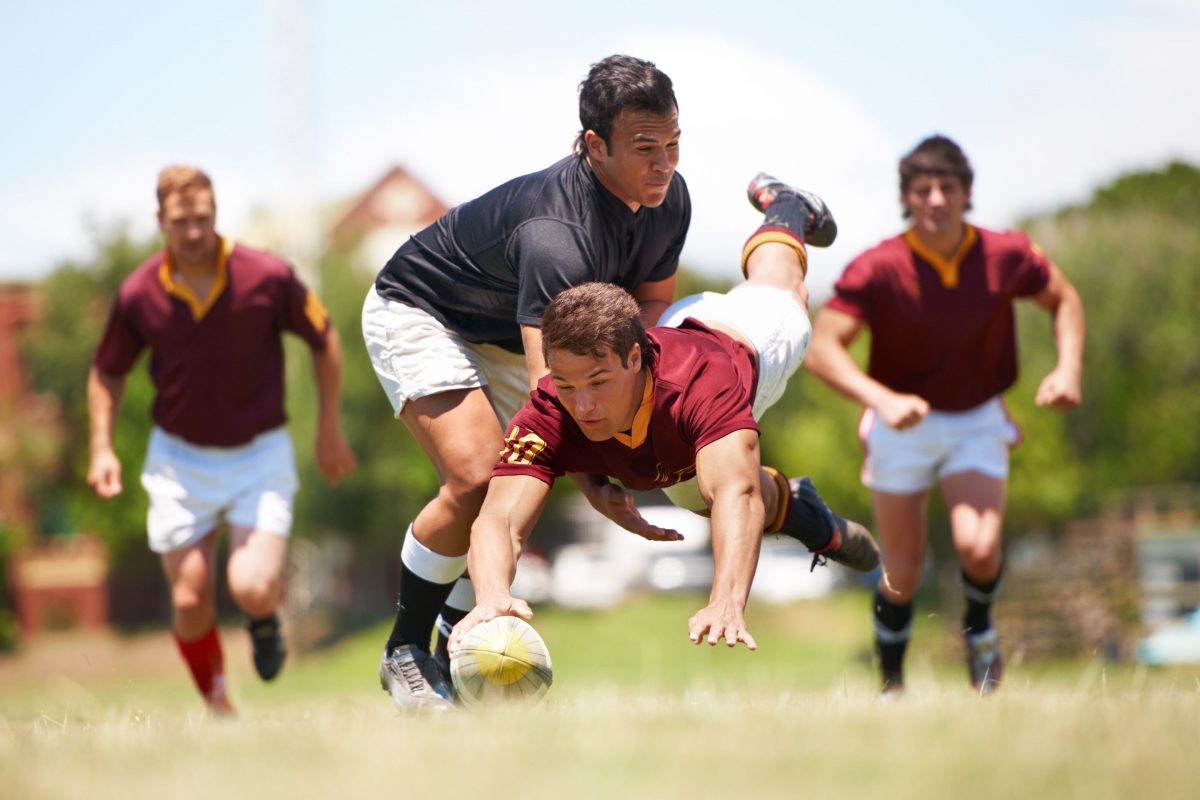
Factors that affect men’s orgasm frequencies include their age, the age at which they reached adolescence, as well as their level of education and whether they feel constrained by the judgement of religious teachings. Frequencies of sexual activity vary but almost all men (92%) orgasm quickly and easily through masturbation as well as through intercourse (research indicates that men orgasm 100% of the time with their wives). Even by the age of 60, male orgasm frequencies have not fallen to the lower female level.
Age is by far the most significant factor in male performance. Men are most sexually active in adolescence. Men’s responsiveness decreases with age because male orgasm depends on the physical process of maintaining an erection. Both the firmness, angle of erection and length of time an erection can be maintained, all reduce gradually over decades. Male impotence is relatively rare until old age. At 70 years of age only 27% of white Americans are impotent but by 80 this has increased to 3 out of 4 men. The continuing amenability of a man’s sexual partner is doubtless also a factor as he ages.
Responsiveness including erection, ejaculation of sperm and the associated orgasm trigger are all key aspects of male sexuality. When boys first start ejaculating, they have the highest responsiveness of any time in their lives. Initially boys orgasm spontaneously as a result of a variety of stimuli such as fright and shock. But over time men become dependent on penile stimulation as well as some form of fantasy or mental erotic stimulus to be able to orgasm. Boys who become adolescent first (before 12 years of age) tend to have the highest orgasm frequencies throughout their lives. Having a creative imagination has a positive correlation with responsiveness. Boys with a high IQ (intelligence quota) are often those who reach adolescence first.
Male responsiveness gradually declines from adolescence onwards so that few men masturbate regularly by the age of 50. This is natural given the erotic turn-ons available with masturbation (typically images of nudity) are much less arousing for men than having a real-life sexual partner. Similarly the turn-on of penetrative sex in reality is much greater than any sexual fantasy. As men age, the frequency of their early morning erections decreases. The angle of elevation of the erect penis, which varies considerably between individuals, also reduces as a man ages. In addition, the time over which a man can maintain an erection reduces from an average of over one hour in the late teens to an average of around 7 minutes for 66 to 70-year-olds.
Research indicates that the vast majority of men focus on achieving orgasm as quickly as possible. Most men are interested in a woman’s sexual attributes and her sexual willingness. Typically less educated men prioritise their own relief over the quality of the experience. Such men prefer to head straight for intercourse rather than offer a sexual partner any foreplay. Female partners of less educated men can enjoy being the object of a man’s desire without needing to do very much or fake a response. A man takes what he needs and he’s not interested in what a woman gets out of it. Less educated men enjoy their own pleasure rather needing to imagine a lover’s arousal.
Some (often less educated) men are more reliant on a biological response that has nothing to do with the mind enjoying erotic stimuli. They need intercourse for sexual release and may need a greater variety of partners to maintain the eroticism of the act over decades. Such men use masturbation alone as a source of sexual relief much less than more educated men. Research indicates that the men with the highest overall orgasm frequencies throughout their lives are the less educated. Men respond most readily to sexual activity with a lover rather than when they have to use their imagination by masturbating alone. So it makes sense that less educated men (who masturbate less but have intercourse more) might have more orgasms.
Even though sex drive causes men so much frustration, they wouldn’t be without it. Men would never want to take a contraceptive pill (which affects hormone levels) because they wouldn’t want to have either their personal drive (that they often need to achieve higher earning levels) or their sex drive reduced. A high metabolism is evidenced by how physically active we are. In general men are much more active than women. Men’s minds are also much more sensitive to erotic and aggressive urges. There are few outlets for men’s natural aggression and drive, which may explain porn addiction. The adrenaline rush of combat that is intent on killing can be compared with sexual arousal. Watching movies with hand-to-hand fighting provides an outlet for men who have no other opportunity to express these male emotions. Sport can also represent an alternative outlet for the physical exertion of hunting, fighting an adversary as well as engaging in intercourse.
If men lived solitary lives like other male mammals, they would be much less sexually active. Male arousal occurs in response to being in the physical presence of a potential partner or seeing images of attractive nudity. It is the primate custom of living in communities which has caused men to evolve a higher responsiveness. Sex has become a recreational pleasure for men as the human brain has increased in complexity and with the ready availability of erotic turn-ons because of their regular close physical contact with women. The increasing financial independence of women is likely to have a negative effect on men’s access to amenable partners. In the past women have been dependent on men’s earnings and so more willing to offer the sex men need.
… the boys who become adolescent first (by 11 years of age) have, on an average, about twice as much sexual outlet per week as the older-adolescent boys have during their early teens. (Alfred Kinsey)
Excerpt from Learn About Sexuality (ISBN 978-0956-894748)















